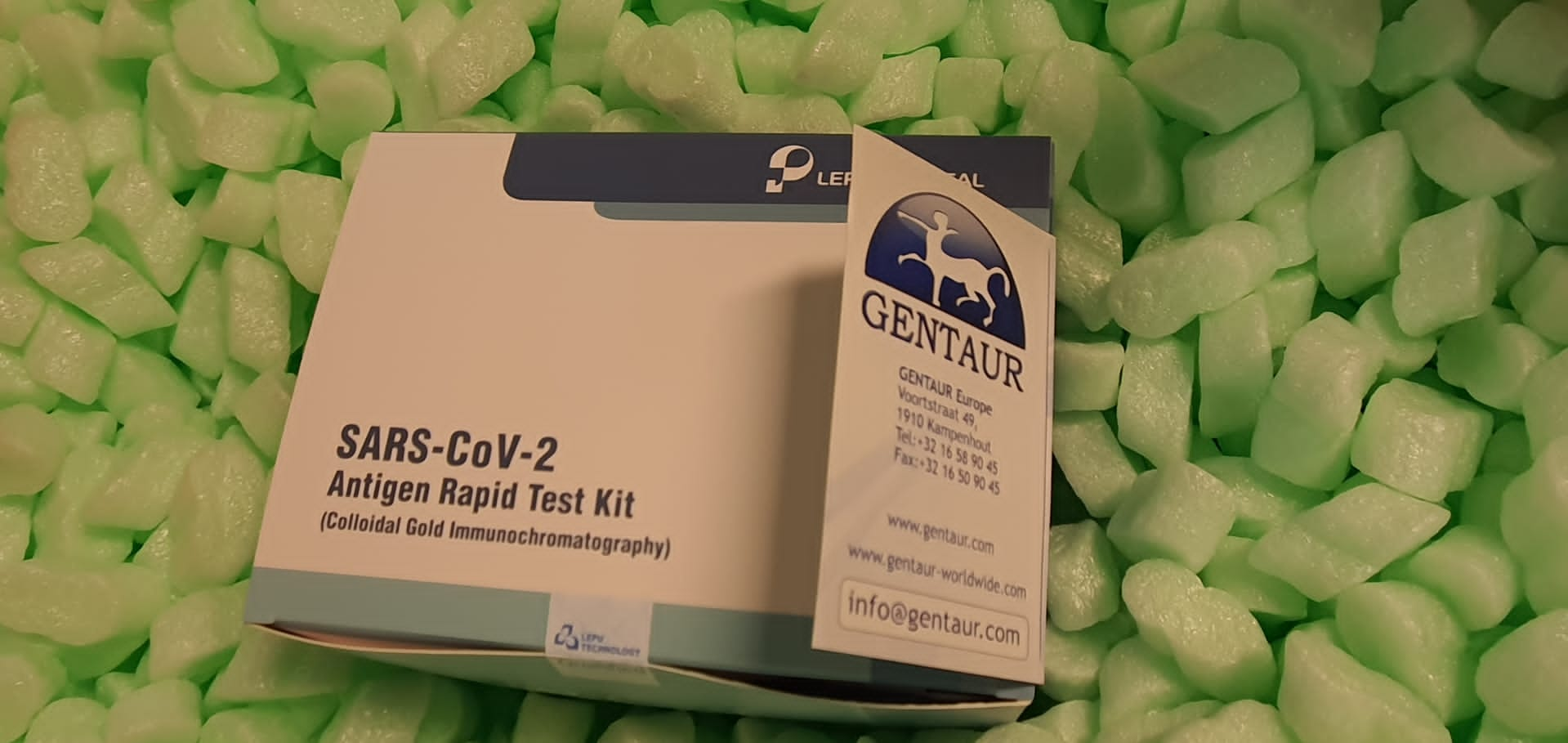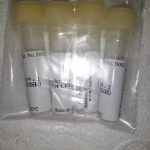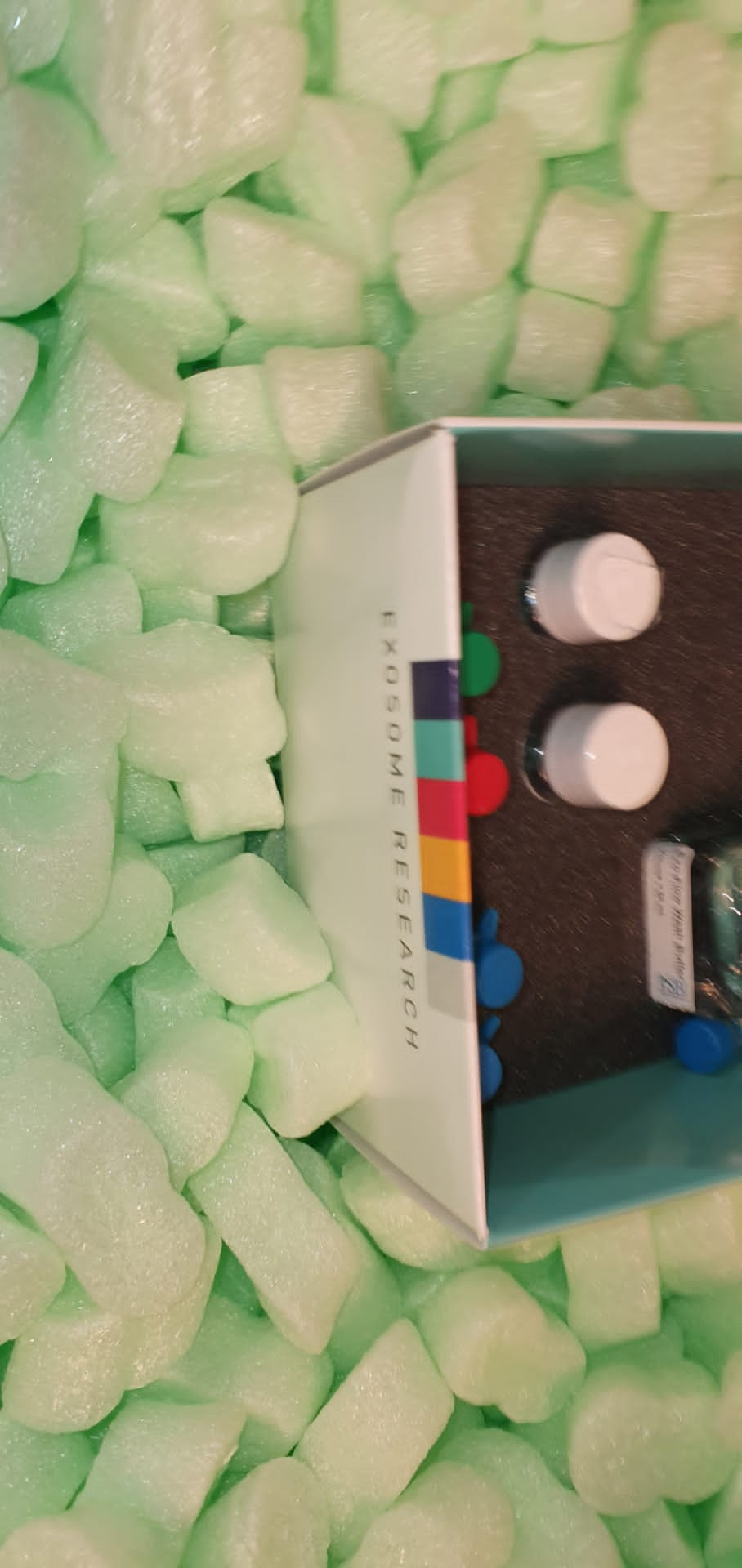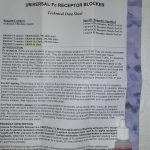Malaria is still a major health problem in sub-Saharan Africa and Southeast Asia, but research on malaria in low-income countries can be a challenge due to lack of laboratory equipment. In addition, severe malaria mainly affects very young children, which limits the amount of blood available for research purposes. Thus, there is a need for protocols that produce a maximum of information from a minimum amount of blood, which are suitable in essentially equipped laboratories. A protocol for cell insulation of cell B and th) directly from the total blood and a method of preserving independent independent samples of the freezer compatible with the hot and humid climate of the malaria regions has been established and validated.
The protocol thus rotates the need for high-tech centrifuges and a large diet for the isolation of mononuclear cells in the peripheral blood. Purity and performance are excellent. According to the level of expression of genes of interest, between 2 and 5 ml of blood are adequate for reliable QRT-PCR results of the B and TH cells of healthy pediatric donors as well as patients with pediatric malaria. This protocol for high high-purity B high-yield cell isolation B and sample storage for subsequent QRT-PCR analysis from a minimum amount of blood is invented with basic equipment and independently of the continuous supply. Thus, many scientists are likely to research malaria in rural institutes or hospitals, and therefore in countries where malaria is the most widespread. The fate of four widely used veterinary antibiotics (doxycycline, flumesquine, oxytetracycline and tetracycline) when lifting manure was studied during the laboratory and pilot scale.
The driver has been used continuously, while the laboratory scale in batch mode. The two installations consisted of anaerobic digestion, ammonia stripping and a solid liquid separation step. A partial anamilitation process of nitrations has been used to treat the laboratory scale effluents. In the pilot installation, pork manure as an infant, natural antibiotic rates were reduced by 92% for doxycycline, 88% for flumesquine, 95% for oxytetracycline and 100% for tetracycline. In the laboratory scale configuration, sludge without antibiotics were used and the four substances were enriched. The concentration of input antibiotics has been reduced by 85% for doxycycline, 46% for flumosequine, 97% for oxytetracycline and 100% for tetracycline.
H.e.r.m.e.s: separation of rapid blood plasma at the point of need.
The global health landscape is experiencing a growing demand for CLIA canceled test facilities offering diagnostic capabilities at lower costs and greater convenience than traditional laboratory tests. While several new diagnostic tools have emerged to fulfill the test requirements in these environments, centrifuges have been transferred from the transition to the point of needs that the US Administration of Food and Drugs (FDA) classifies them as mainly. Inappropriate for use in clia environments. . Limitations in sample processing capabilities negatively affect the capacity of CLIA test environments to provide extensive current test portfolio and diagnostics are gambled by the centrifugation requirement.
Here, here we present here the high-efficiency fast magnetic magnetic erythrocyte separator, a low-cost fast-cost technology that can separate plasma red blood cells with a fraction of time and cost of a centrifuge. We demonstrate that h.e.r.m.e.s is able to obtain a very pure plasma (more than 99.9% purity) within 2 minutes per test. In addition, we detail that this is an easy-to-use method capable of being incorporated with current diagnostic technologies and to prove that it is greater than the existing alternatives to validation centrifugation with a flow test. lateral ferritin. H.E.R.M.E.S is an appropriate alternative for centrifugation in advanced settings and aims to facilitate decentralization of commercial blood tests.
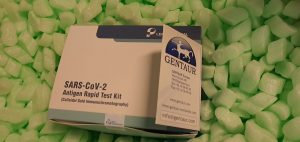
Human perception of the inclination orientation of the entire body roll in analog hypo-gravity: underestimation and adaptation.
The overestimation of the inclination of the rollers in hyper-gravity has been demonstrated, but the corresponding sustained hypo-serious conditions are impossible to create in terrestrial laboratories. We describe here the first systematic experimental evidence that in analog hypo-gravity, the humans underestimates of inclination rollers. We have studied the perception of the inclination of the auto-roll in nine materials, which were lying down, but turned on a centrifuge to create a hypo-gravity analog.
By varying the rate of rotation of the centrifuge, we modulated the centripetal acceleration (GC) at the site of the topic head along the axis of the body. We measured the perception of orientation using a subjective visual visual task in which subjects aligned a light bar with their centripetal acceleration direction perceived during inclinations. Since the hypothesis, on the basis of reducing the shear of the reduced uricular otolitus, rollers subjects initially underestimated in the condition of 0.5 GB compared to the condition 1GC (change of perceptual gain. means = -0.27, p = 0.01).
When visual comments have been given after each test in 0.5GC, the perceptual gain of the subjects has increased approximately exponentially over time and, after 45 minutes, the perceptual gain n ‘was not significantly different from the 1GC reference base. Thus, humans have changed their interpretation of sensory signals to further indicate orientation during this analog hypo-gravity.
Quantify the perceptual learning of acute orientation in such an altered gravity environment can have implications for the exploration of the human space on the moon or March. The control of the Ultrafast molecular rotation motion has benefited from the development of innovative techniques in strong laser physics. Here, we theoretically demonstrate a new type of consistent control by inducing the rotation of an asymmetric molecule-top about two different molecular axes. An optical centrifuge is applied to the hydrogen sulfide molecule (H2S) to create a molecular superruror, an object performing ultrafast rotation on a well-defined axis.
Using two separate pulse envelopes for the optical centrifuge, we show that H2S can be excited along the separate pathways of the rotation states. This leads to a stable rotation on two fully different molecular axes while ensuring the rotation with respect to the centrifuge propagation direction, that is, the laboratory fixed Z axis.

